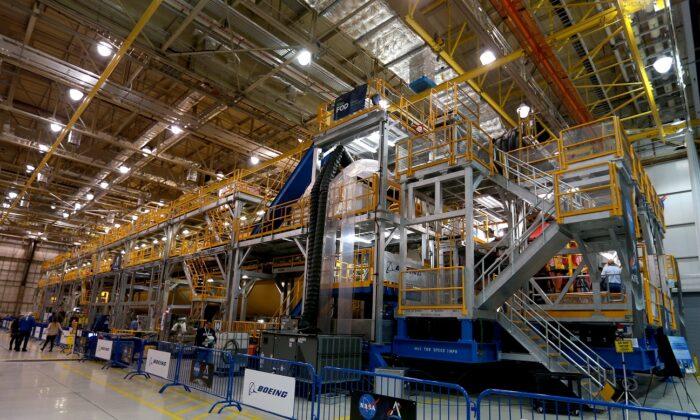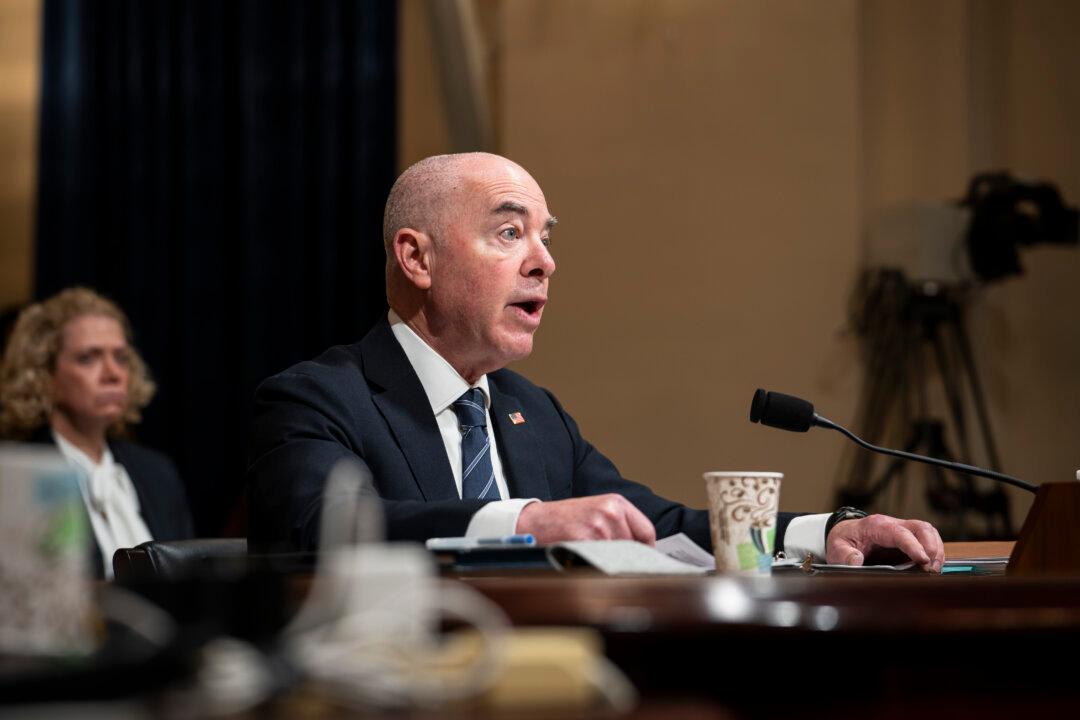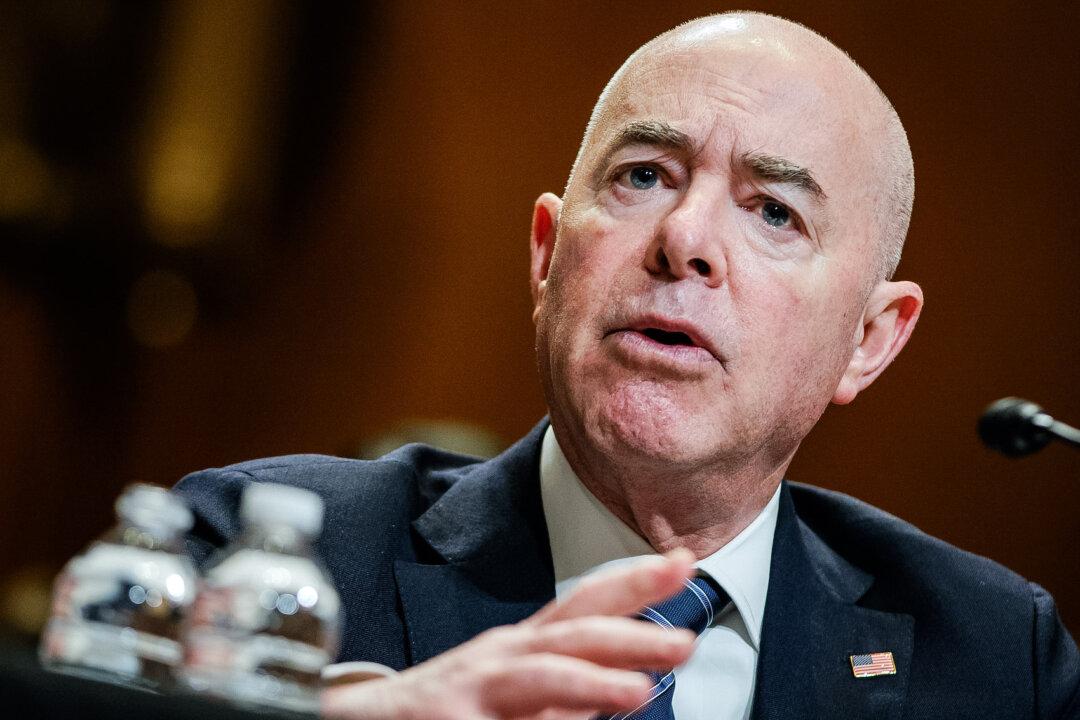WASHINGTON—Questionable contracting procedures, unnecessary accounting problems, schedule delays, and more than $2 billion in cost overruns are raising serious doubts about NASA’s plan to return Americans to the Moon in late 2024, according to the agency’s inspector general (IG).
When NASA announced in 2019 the Artemis program to put U.S. astronauts on the Moon’s surface in late 2024, the plan was to use the Space Launch System (SLS), a two-stage heavy-lift rocket, to put the Orion Multipurpose Crew Vehicle (Orion) into space.
That manned Moon return mission, Artemis III, was to be preceded by the unmanned Artemis 1 orbiting the Moon in November 2020, and the manned Artemis II orbiting the Moon in October 2022.
But SLS development has been plagued with problems involving three major contractors, including Boeing Co., Aerojet-Rocketdyne, and Northrop Grumman Corp., according to the space agency’s IG.
Preparations for Artemis I “have experienced technical challenges, performance issues, and requirement changes that collectively have resulted in $2 billion of cost overruns and increases and at least 2 years of schedule delays,” the report said.
The report said the IG expects “additional cost increases totaling approximately $1.4 billion ... before the Artemis I launch,” which is now delayed until the spring of 2021.
Total costs for the program through Artemis I were originally projected at $17.4 billion, but the IG said the many problems mean the bottom line could reach nearly $23 billion if the second mission is delayed until 2023.
The problems with the SLS program begin with the contracts NASA signed with the three major contractors, the IG said.
“For example, the structure of the SLS contracts limits visibility into contract costs and prevents NASA from determining precise costs per element,” the IG said.
“Specifically, rather than using separate Contract Line Item Numbers (CLIN) for each element’s contract deliverables, each of the contracts have used a single CLIN to track all deliverables, making it difficult for the agency to determine if the contractor is meeting cost and schedule commitments for each deliverable.
“Moreover, as NASA and the contractors attempt to accelerate the production of the SLS Core Stages to meet aggressive timelines, they must also address concerns about shortcomings in quality control.”
Management and quality-control problems are of heightened concern in NASA because of the nature of space flight and the agency’s record of occasional but deadly accidents.
Three astronauts—Gus Grissom, Roger Chaffee, and Ed White—died in their Apollo I command module spacecraft on Jan. 27, 1967, during a launch pad test at Cape Canaveral, Florida.
Most famously, the crew of the space shuttle Challenger died when their spacecraft broke apart and exploded 73 seconds after launch on Jan. 28, 1986. Millions of Americans watched the disaster as it happened on national television.
The seven crew members included five NASA astronauts, a civilian payload specialist from Hughes Aircraft, and a civilian schoolteacher, Christa McCauliffe.
The disaster was caused by defective O-rings used in the booster rockets used to launch the space shuttle into orbit. The mission launch was on an unusually cold day and the low temperature resulted in the O-ring failure, which led to the boosters’ unscheduled disassembly.






Friends Read Free